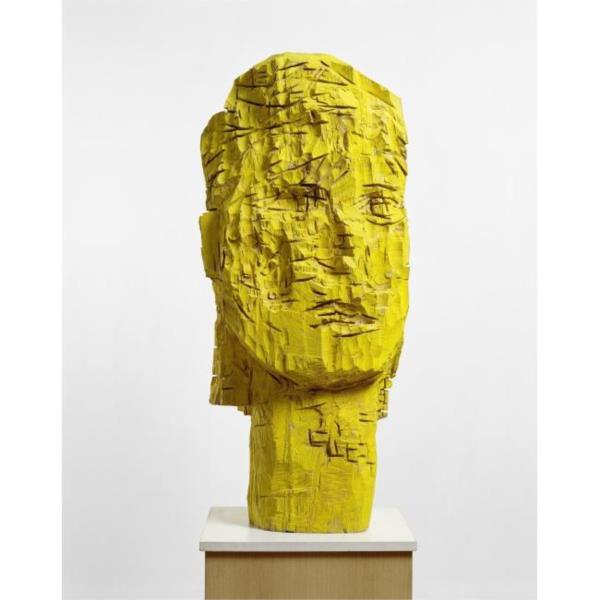1970 - 1985
Neo-Expressionism

description
1970 – 1985
This art movement developed as a reaction against the conceptual art and minimal art of the 1970s. Neo-expressionists returned to imagery, figurativeness, a lively and emotional manner, bright saturated colors. They depicted recognizable objects using abstract painting techniques. Neo-expressionism flourished mainly in Germany, where its representatives are sometimes called “new wild”.
Key artists:
Anselm Kiefer
Jean-Michel Basquiat
Key ideas:
The main features of Neo-expressionism are:
– The denial of traditional standards of composition and design;
– A dual and acute emotional mood in the reflection of modern life and values;
– The absence of visual idealization;
– The use of bright and sharp combinations of colors;
– Objects were depicted in a primitivistic manner.
description
A German Neo-expressionist artist and avant-garde sculptor, one of the founders of the New Wild group. The real name of the artist is Kern, and he took the pseudonym from the name of his native town of Deutschbazelitz, located near Dresden.The artist’s “calling card”, which makes his paintings instantly recognizable, is human figures located upside down on the canvas. Georg Baselitz began depicting people in this way around 1969.The uncompromising and rebellious spirit of the future famous artist led to the fact that Georg Baselitz was expelled from the art school; his works “What a night fell” and “Naked Man” were banned as obscene, and seized by the police during his first exhibition.Forced to work in the official style of socialist realism while living in East Berlin, the artist switched to abstract art after moving to the western part of the city. Gradually, Baselitz rejected both movements and began to revive German Expressionism, which flourished before the war but was objectionable to the Nazi government. The human figure took the central place in the work of Baselitz, and the paintings became scandalous and defiant.Georg Baselitz played a key role in the development of German art after the Second World War, expressing national identity with the help of symbolic and expressive images.The artist's works were often criticized because of their repulsive and unaesthetic content; however, at the same time, they inspired a lot of European and American artists, contributing to the revival of figurative art.Today, Georg Baselitz is an internationally recognized artist whose work is one of the most expensive works of contemporary painters and sculptors. He continues to work tirelessly, creating a kind of "remake" of his compositions of past years.
1938
description
The artist rarely left London, only in case of emergency; he painted his landscapes mainly in the city. Primrose Hill is a square that was not far from the master’s studio; he depicted it many times, from different angles, at different times of the day and, therefore, under different lighting conditions.
1971
description
In this painting, we can see the living room in the house of the constant model of the artist actress Stella West, where Auerbach came to paint the mistress even three times a week for many years. The central part of the canvas is occupied by a lamp with a high leg, which is the main source of light in the picture; you can see Stella and her daughter Julia in armchairs on both sides of it.
1964
description
The work painted in watercolours and charcoal depicts the permanent model of the artist, actress Estella West. By the time of painting it, Auerbach had already created about 80 pictures of this woman; the artist never got tired of his models, tirelessly depicting them in various poses and noticing the slightest changes that happen to the person every day.
1959 - 1960
